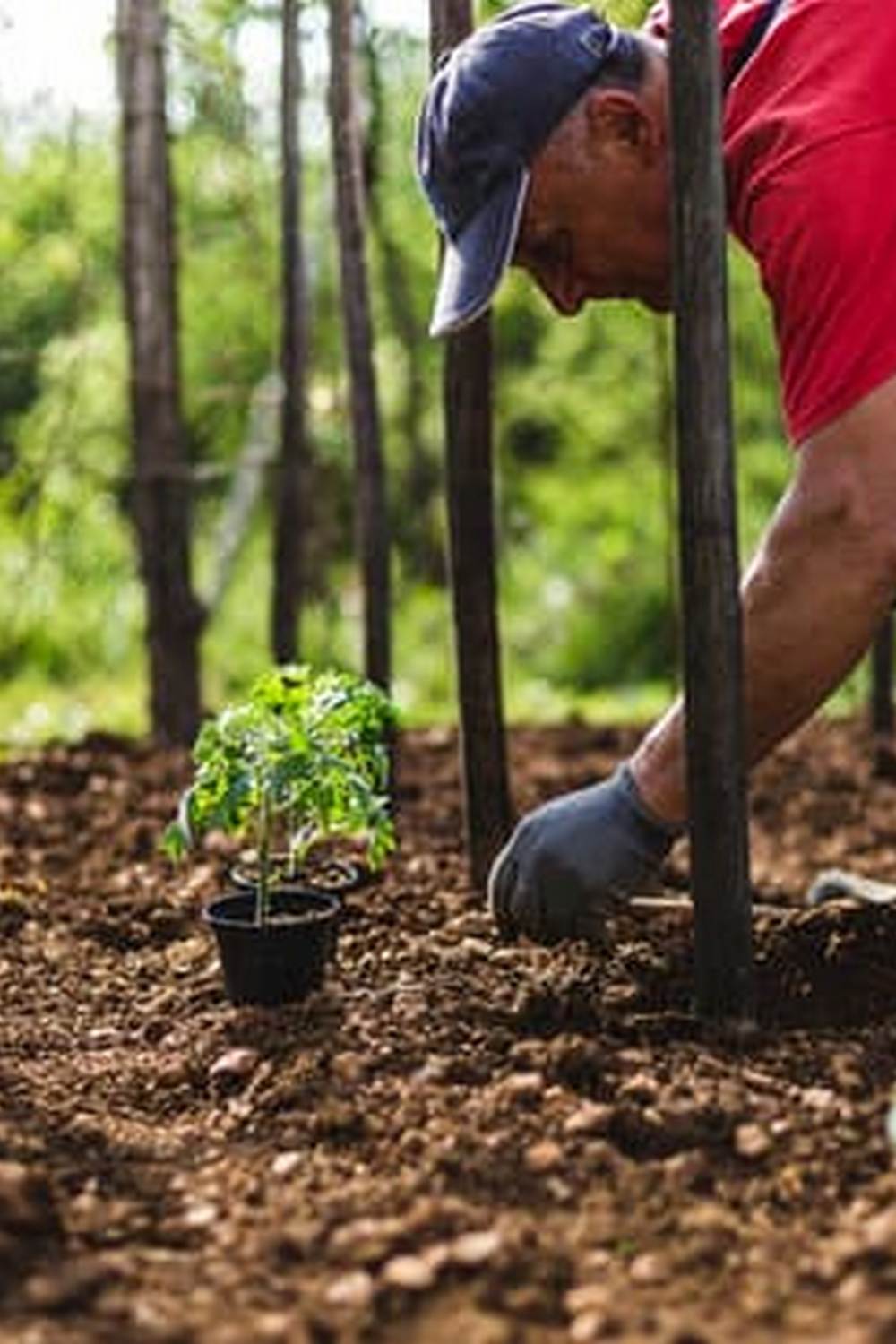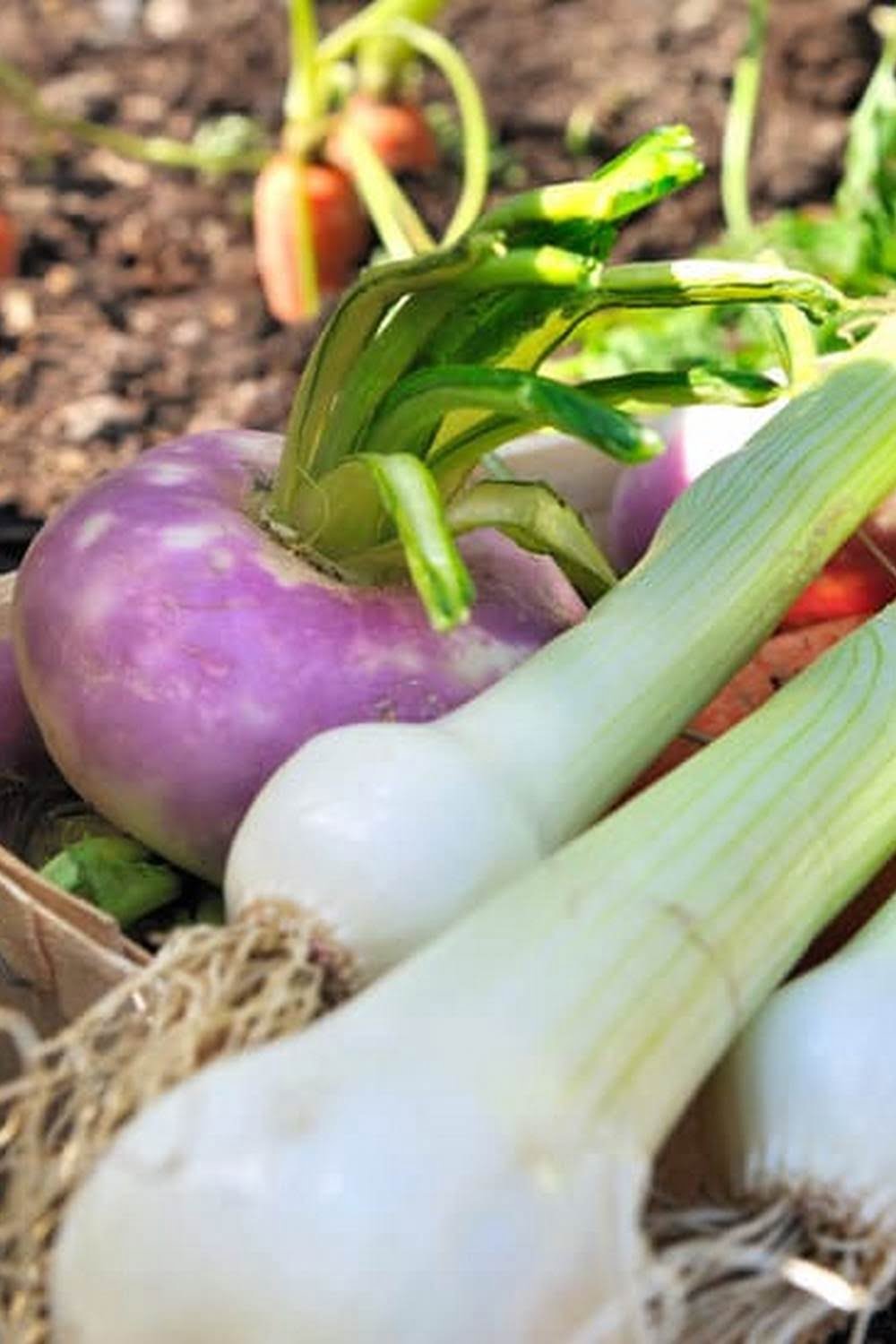How deep do raised vegetable gardens need to be in order to thrive? Raised bed gardening has become increasingly popular due to its numerous benefits, but the depth of the beds is a crucial factor for the successful growth of vegetables and herbs. In this article, we will explore the concept of raised vegetable gardens and why proper depth is essential for optimal growth.
Raised vegetable gardens offer several advantages over traditional gardening methods, such as better soil drainage, improved soil composition, and reduced weed growth. However, achieving the appropriate depth for the raised beds is essential to fully reap these benefits. Factors such as plant varieties and root size will be discussed in determining the necessary depth for raised vegetable gardens.
Whether you are growing root vegetables, leafy greens, or aromatic herbs, understanding the recommended depth for different types of plants is crucial for their health and productivity. By providing specific guidelines on ideal depths for various vegetables and herbs, this article aims to help gardeners create a successful raised bed garden that supports optimal growth.
Benefits of Raised Vegetable Gardens
Raised vegetable gardens offer several advantages over traditional in-ground gardens. Here are some of the benefits of raised beds:
- Improved Soil Quality: In raised vegetable gardens, gardeners have more control over the soil composition, allowing for better drainage and aeration. This leads to healthier root systems and better overall plant growth.
- Reduced Maintenance: The elevated nature of raised beds makes them easier to maintain, as they require less bending and stooping. Additionally, raised beds are less likely to be invaded by weeds from surrounding areas, reducing the need for frequent weeding.
- Extended Growing Season: Raised beds warm up more quickly in the spring, allowing for earlier planting. This can also extend the growing season into the fall, providing gardeners with a longer window for cultivating their favorite vegetables and herbs.
- Pest Control: By elevating plants off the ground, raised vegetable gardens can help deter common pests such as slugs and snails. Additionally, it is easier to install physical barriers against small animals like rabbits.
- Enhanced Drainage: Raised beds provide better drainage compared to traditional gardens, preventing waterlogged soil that can lead to root rot and other issues. Proper depth is essential in ensuring effective drainage and avoiding water retention problems.
These benefits make raised vegetable gardens an attractive option for both novice and experienced gardeners looking to optimize their growing space and improve plant health. With proper depth considerations, these advantages can be maximized to create productive and flourishing garden spaces.
Factors to Consider
When determining the necessary depth for raised vegetable gardens, there are several factors to consider. Plant varieties and root size play a crucial role in determining how deep your raised garden beds should be. Different plants have varying root depths and requirements, so it’s essential to take these into account when planning the depth of your raised beds.
One of the key considerations is the types of vegetables or herbs you plan to grow in your raised garden beds. For example, plants like tomatoes, peppers, and eggplants have deeper root systems compared to lettuce, spinach, and herbs. Understanding the specific root depths of the plants you intend to grow will help you determine the required depth for your raised beds.
In addition to plant varieties, it’s important to consider the overall health and growth potential of your vegetables. A deeper bed allows for better soil composition and root development, resulting in healthier and more productive plants. Proper depth also provides better drainage and aeration for the roots, which is vital for optimal plant growth. Understanding how deep different plants’ roots go will help you plan out your raised garden beds effectively.
| Plant Variety | Recommended Depth |
|---|---|
| Tomatoes, Peppers, Eggplants | 18-24 inches |
| Lettuce, Spinach, Herbs | 6-12 inches |
Recommended Depth
When it comes to raised vegetable gardens, the depth of the bed is crucial for the successful growth of plants. The ideal depth of a raised vegetable garden varies depending on the type of vegetables and herbs you intend to grow. Understanding the specific guidelines for different plant varieties can help ensure optimal growth and produce a bountiful harvest.
Root Vegetable
For root vegetables such as carrots, potatoes, and radishes, a deeper raised bed is necessary to accommodate their extensive root systems. A minimum depth of 12-18 inches is recommended to allow these plants enough room to develop strong and healthy roots. Deeper beds also improve soil structure and drainage, which are essential for the proper growth of root vegetables.
Leafy Greens and Herbs
Leafy greens like lettuce, spinach, and herbs like basil and thyme have shallower root systems compared to root vegetables. A raised bed with a depth of 6-8 inches is generally sufficient for these types of plants. However, providing a bit more depth, around 10-12 inches, can offer additional growing space and promote better overall plant health.
Tall Plants and Vining Crops
Tall plants such as tomatoes and vining crops like cucumbers and peas require deeper beds to support their height and allow for proper root development. Aim for a depth of 12-18 inches for these types of plants to ensure they have ample space to establish sturdy roots and thrive throughout the growing season. Additionally, deeper beds can provide better stability for trellises or other supports used for tall or climbing plants.
By understanding the specific depth requirements for different types of vegetables and herbs, you can create an optimal growing environment in your raised vegetable garden. Taking into account the unique needs of each plant variety will contribute to healthier plants, increased yields, and overall gardening success.
Soil Preparation
When it comes to raised vegetable gardens, proper soil preparation is essential for promoting healthy plant growth. The depth of the soil in a raised bed is crucial as it directly impacts the root development and overall health of the plants. So, how deep do raised vegetable gardens need to be? The answer lies in understanding the relationship between soil composition, drainage, and depth.
One of the main benefits of using raised beds for vegetable gardening is the ability to control the quality of your soil. This means that you can customize the depth of your raised bed based on the specific needs of different plant varieties.
For example, root vegetables such as carrots and potatoes require deeper soil to accommodate their growth, typically around 12-18 inches deep. On the other hand, shallow-rooted plants like lettuce and herbs may thrive in shallower beds ranging from 6-8 inches deep.
In addition to considering the depth needed for specific plant varieties, it’s important to address soil composition and drainage. The ideal soil for a raised vegetable garden should be well-draining to prevent waterlogged roots, which can lead to rot and disease.
A mix of topsoil, compost, and organic matter is typically recommended to provide nutrients while maintaining proper drainage. By understanding how these elements relate to depth requirements, gardeners can create an optimal environment for their plants’ roots to thrive.
| Plant Variety | Ideal Depth |
|---|---|
| Carrots and Potatoes | 12-18 inches |
| Lettuce and Herbs | 6-8 inches |
In summary, achieving the right depth for a raised vegetable garden involves considering factors such as plant varieties, root size, soil composition, and drainage. By taking these elements into account when preparing the soil for a raised bed, gardeners can create an environment that supports healthy root development and overall plant growth.
It’s important to recognize that there isn’t a one-size-fits-all approach when it comes to depth requirements for raised beds; instead, customization based on individual plant needs will result in a successful harvest.
Construction and Maintenance
When constructing a raised vegetable garden, it’s important to consider the depth of the bed to ensure optimal growth for your plants. The depth of a raised bed can affect root development, water retention, and overall plant health. Here are some tips for building and maintaining raised vegetable gardens at the recommended depth:
1. Choose the right materials: When building a raised garden bed, consider using durable materials such as cedar or composite lumber that can withstand the elements. Additionally, avoid using treated wood that may contain harmful chemicals that can leach into the soil.
2. Determine the ideal depth: The necessary depth for raised vegetable gardens depends on the types of plants you intend to grow. As a general rule of thumb, most vegetables require a minimum depth of 6-12 inches for their roots to establish and grow properly.
3. Provide adequate drainage: Proper drainage is essential for raised beds to prevent waterlogged soil, which can lead to root rot and other issues. Consider adding drainage holes or incorporating gravel at the bottom of the bed to improve water flow.
4. Maintain the soil quality: Regularly check and maintain the quality of your soil by adding compost and organic matter to provide essential nutrients for your plants. Consider using a soaker hose or drip irrigation system to ensure even watering without disturbing the soil structure.
By following these tips for construction and maintenance, you can create a successful raised vegetable garden at the recommended depth that will yield healthy and abundant crops throughout the growing season.
Troubleshooting
Inadequate depth in raised vegetable gardens can lead to several common issues, including root overcrowding and drainage problems. Understanding how to troubleshoot these issues is crucial for maintaining the health and productivity of your garden.
Root Overcrowding
One of the most common issues that arise from insufficient depth in raised vegetable gardens is root overcrowding. When plants do not have enough space for their roots to spread out, they can become stunted and struggle to absorb nutrients and water effectively. This can result in poor growth and reduced harvest yields.
To prevent root overcrowding, it is essential to follow the recommended depth guidelines for each type of vegetable or herb you are growing. Additionally, regularly thinning out plants as they grow can help prevent overcrowding and promote healthier root development.
Drainage Problems
Another issue that can occur when raised vegetable gardens are not deep enough is poor drainage. If the soil does not have enough depth to drain properly, excess water can pool around the roots of your plants, leading to waterlogged soil and potentially causing root rot.
To address drainage problems, consider amending your soil with organic matter such as compost or peat moss to improve its ability to drain excess water effectively. Additionally, ensuring that your raised beds are properly constructed with adequate drainage channels or holes at the bottom can help prevent standing water.
Monitoring Depth Issues
Regular monitoring of your raised vegetable garden’s depth is crucial for addressing and preventing common issues related to inadequate depth. Keep an eye on the growth of your plants and be prepared to make adjustments if you notice signs of root overcrowding or drainage problems. By staying proactive and attentive to your garden’s needs, you can troubleshoot depth-related issues before they escalate and ensure the continued success of your raised vegetable beds.
Conclusion
In conclusion, the depth of raised vegetable gardens plays a crucial role in determining the success of your gardening endeavors. By understanding the factors that influence necessary depth, such as plant varieties and root size, you can ensure optimal growth and productivity from your raised beds. The recommended depth guidelines provided for different types of vegetables and herbs serve as a helpful starting point for planning and planting your garden.
It is essential to emphasize the significance of proper soil preparation and drainage in relation to the necessary depth for raised beds. Without adequate soil composition and drainage, even the ideal depth may not yield the desired results. By paying attention to these aspects, you can create an environment that promotes healthy root development and overall plant growth.
Furthermore, constructing and maintaining raised vegetable gardens at the recommended depth is essential for long-term success. Regular maintenance, including monitoring for issues such as root overcrowding and drainage problems, will help ensure that your raised bed remains productive.
By addressing these potential challenges proactively, you can enjoy a bountiful harvest from your raised vegetable garden for years to come. Overall, understanding how deep do raised vegetable gardens need to be is fundamental to achieving thriving and flourishing plants in your garden.

If you’re looking to get into vegetable gardening, or are just looking for some tips on how to make your current garden better, then you’ve come to the right place! My name is Ethel and I have been gardening for years. In this blog, I’m going to share with you some of my best tips on how to create a successful vegetable garden.





